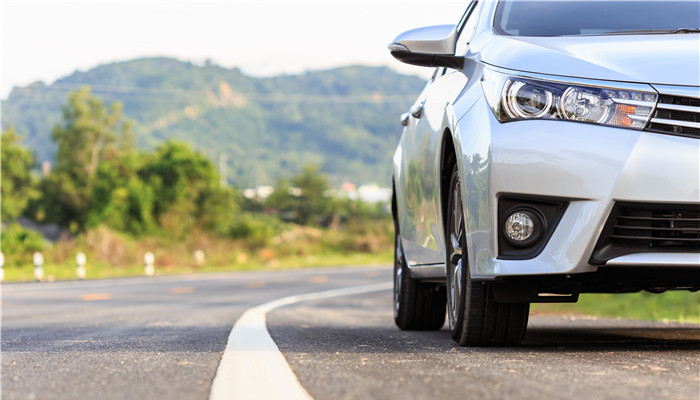
Industry overcapacity, my country’s rubber antioxidant export market continues to grow
Rubber antioxidant is a chemical added during the rubber production process that can delay rubber aging and extend the service life of rubber. There are many types of rubber antioxidants, and they are classified in different ways. According to different chemical structures, rubber antioxidants can be divided into diphenylamines, phenols, naphthylamines, quinolines, heterocyclics and others; according to different properties, rubber antioxidants It is further divided into antioxidants, anti-fatigue, anti-ultraviolet and other antioxidants.
From the perspective of the industrial chain, the upstream of the rubber antioxidant industry chain is the raw material layer, involving carbon disulfide, sulfur, liquid alkali, chlorine, aniline and other materials; the middle reaches of the industrial chain is the rubber antioxidant production layer; the downstream is the application layer, which is mainly used in wires Cables, rubber shoes, hoses, tires, tapes, medical gloves and other fields. After years of development and accumulation, my country’s rubber antioxidant industry chain and supply chain layout have become increasingly complete.
According to the “2022-2027 China Rubber Anti-Aging Agent Industry Comprehensive Market Research and Investment Analysis Report” released by the Industrial Research Center, Benefiting from the eastward shift of the global tire industry, the market demand for rubber additives continues to be released. As the largest subcategory in the rubber additive market, rubber antioxidants are also expanding in industry scale. In 2021, the output of my country’s rubber additives industry will be approximately 410,000 tons, a year-on-year increase of 12.8%, accounting for approximately 30% of the rubber additive market.
From the perspective of the import and export market, my country’s rubber antioxidant production capacity is overcapacity. In order to seek more markets, domestic companies have begun to develop overseas markets. Therefore, in recent years, the overall scale of my country’s rubber antioxidant exports has continued to expand. In 2021, my country’s rubber antioxidant export volume About 70,000 tons, and the import volume is about 5,000 tons. Domestic rubber antioxidants are mainly exported to South Korea, Japan, Indonesia, Vietnam and other regions, while imported rubber antioxidants mainly come from Taiwan, Vietnam, South Korea, Japan and other regions.
There are many suppliers of rubber antioxidants in the world, and the market competition is fierce. They mainly include overseas companies such as Lanxess, Agfu, and Chemtura, as well as domestic companies such as Shandong Shangshun, Sennics, Tianjin Kemai, Shanxi Xiangyu, and Yixing Jujinxin. enterprise. Domestically, rubber antioxidant production capacity is mainly distributed in China, Shandong, Jiangsu, Zhejiang and other regions. In recent years, in order to comply with the green consumption trend in the market, the rubber antioxidant industry structure has been increasingly optimized, the proportion of environmentally friendly products has continued to increase, and the development of the industry has been upgraded in the direction of environmental protection, high-end, and functionality.
Industry analysts said that rubber antioxidants have a wide range of applications. With the growth of my country’s economy, the demand for rubber antioxidants continues to be released. In the future, the industry There is broad room for development. my country is a major producer and exporter of rubber antioxidants. In order to alleviate domestic overcapacity, the export scale of rubber antioxidants continues to expand. Rubber antioxidants are the rubber additives with the highest market share. With consumption upgrading, environmental protection and functionality have become the development trend of the rubber antioxidant market.

 微信扫一扫打赏
微信扫一扫打赏

